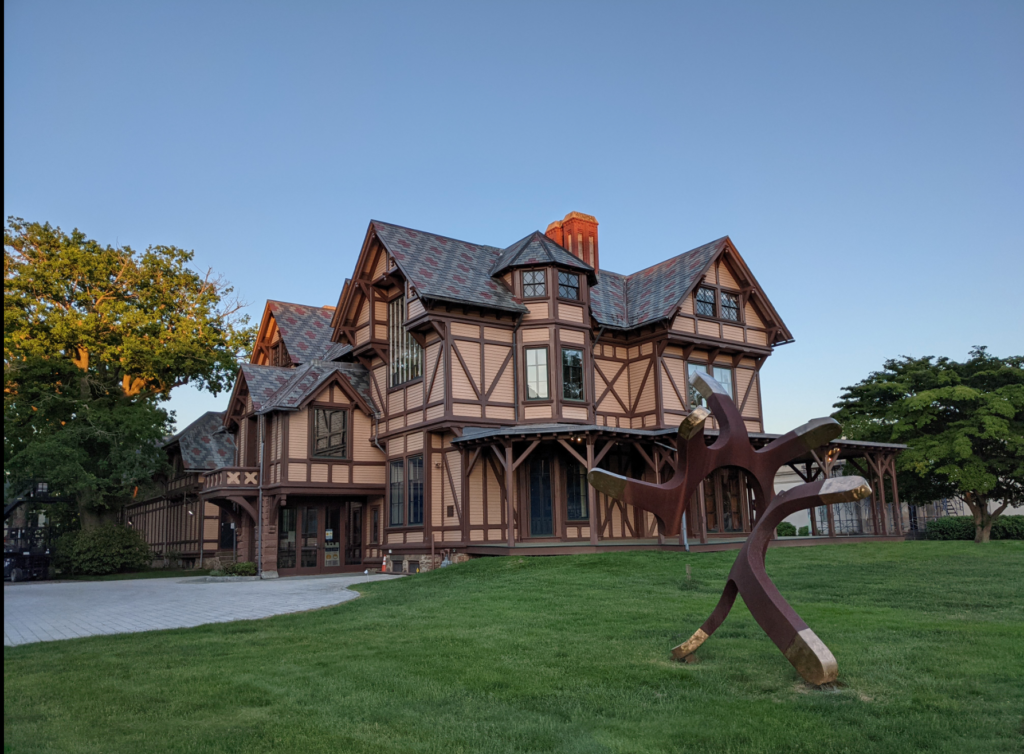
When faced with the challenge of repairing, adding to, or building from the ground up, the historic European Master Builder Model is considered the most effective method to cost-effectively evaluate and conduct the construction process. The model provides a deep understanding of the condition of the structure and the feasibility of new construction, utilizing the available opportunities.
This model is based on and developed from the old medieval guild and hierarchical building systems of the 16th through the 19th centuries. It is a historical method of training and building project teams to ensure comprehensive start-to-finish collaboration, supervision, management, and quality control throughout the building process.
It arose out of the 16th-century medieval craft trades, which developed the crafting system into an organized, standardized trades system to ensure better training and work quality throughout all the craft trades and building industry. The master builder system was developed to assure standardization and best practices in the work performed by each trade.
The apprentice received journeyman status after seven years of training in a trade guild. In those seven years, one would earn certain badges attesting to mastery of specific skill sets. The apprentice, now a ‘Journeyman,’ was encouraged to leave their local district, find employment, and learn new techniques as they traveled from town to town. After several years, the fully trained journeyman (now identified as a fully skilled Master Tradesman by the local trade guild) would settle down and ply their skills.’

1890 Jamestown RI Estate Restoration
Construction Excellence
Providing construction project management services at every stage of the project life cycle.
Tetra Hotel, Sunnyvale, CA.


